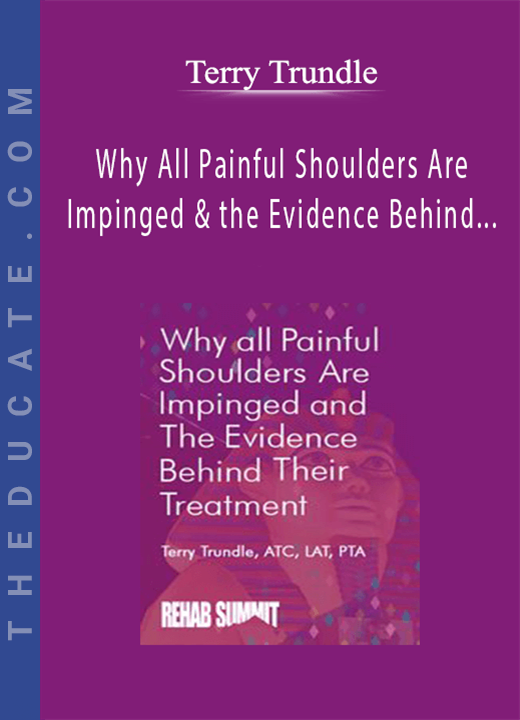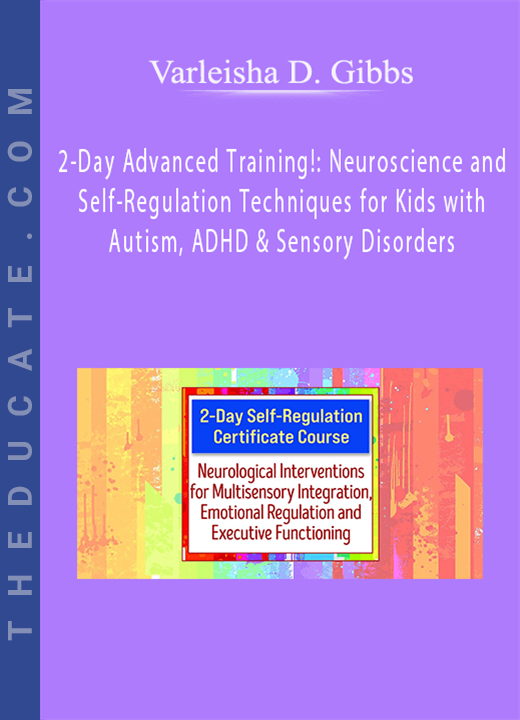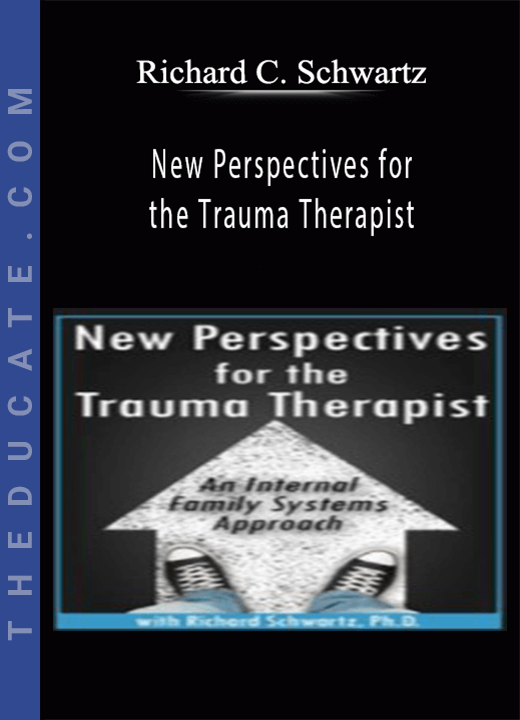Description
Why All Painful Shoulders Are Impinged & the Evidence Behind Their Treatment – Terry Trundle
Are all painful shoulders impinged? And what do we mean when we use the term “impingement”?
Impingement is a widely-used term in clinical practice for treating shoulder pain. Occasionally the term is used as a diagnostic directive because it has a diagnosis code for administrative purposes. However, it is important to identify the difference between primary verses secondary impingement pathology.
In this recording, veteran speaker and therapist, Terry Trundle, pinpoints why all hypo-mobile shoulder disorders are impinged and a functional formula for treatment for all phases of recovery. The evidence-based data of the presentation will explain, as Mr. Trundle states, “how much to do without doing too little and avoiding doing too much while understanding the evidence of application between these two points.”
- Describe the difference between primary and secondary impingement
- Present a functional formula for the treatment of all shoulder pathology
- Update the evidence based therapeutic value driven exercise intervention for all phases of recovery
Understanding the difference between primary and secondary impingement
- Define the difference between mechanical compression versus instability
- The three most important clinical signs of impingement
- Surgical presentation of selected pathology
A functional formula for the treatment of all shoulder pathology
- The missing link in motion assessment
- The treatment concept of pivoters, protectors, and positioners
- The true function of the rotator cuff
Evidence-based therapeutic value driven exercise intervention for all phases of recovery
- Indications of manual therapy concepts
- Decompression of the Glenohumeral scapula-thoracic Articulation
- Update the exercise for rhythmic stabilization







10 reviews for Why All Painful Shoulders Are Impinged & the Evidence Behind Their Treatment – Terry Trundle
There are no reviews yet.